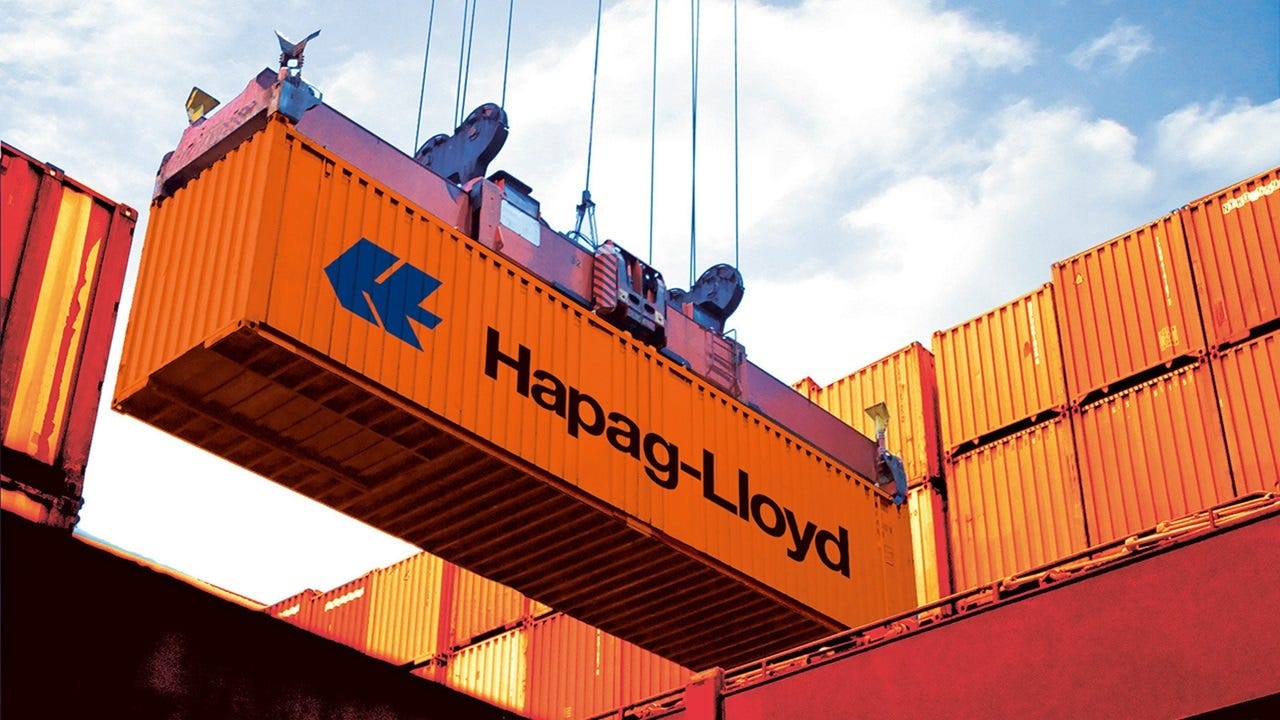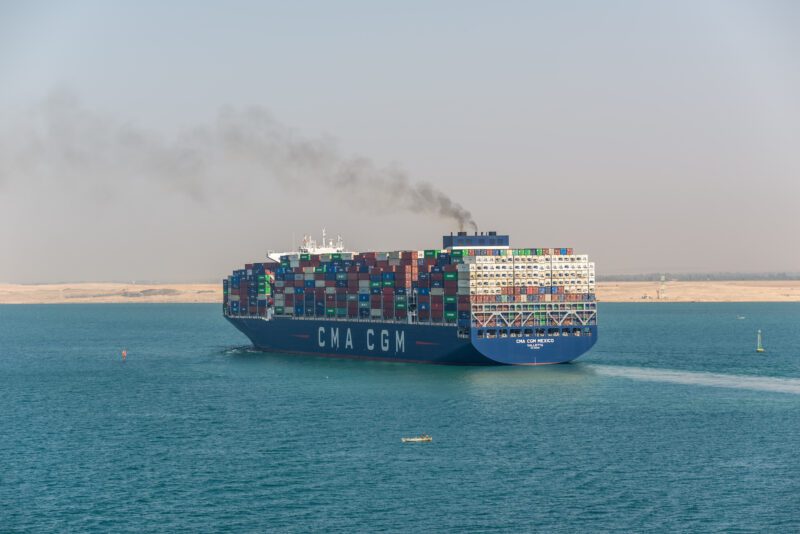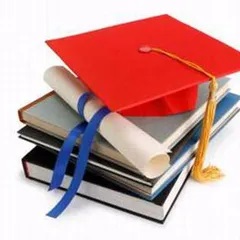WHICH IS THE MOST IMPORTANT FUNCTION OF A BILL OF LADING AND WHY ?
Bill of Lading is a document used widely in all types of cargo movement A bill of lading has 3 functions Each function fulfills a different need for the carrier and customer
WHICH IS THE MOST IMPORTANT FUNCTION OF A BILL OF LADING AND WHY ?
- Bill of Lading is a document used widely in all types of cargo movement
- A bill of lading has 3 functions
- Each function fulfills a different need for the carrier and customer
A Bill of Lading (B/L) is one of the most commonly used commercial documents in the history of shipping and freight. This document is issued in one form or the other for all shipments whether container, bulk, break bulk, RoRo or in other forms of carriage.
A Bill of Lading has 3 basic functions or roles as below (in no particular order).
1) Evidence of Contract of Carriage
The B/L is the EVIDENCE of the contract of carriage entered into between the “Carrier” and the “Shipper or Cargo Owner” in order to carry out the transportation of the cargo (not to be confused with the sales contract between the buyer and the seller).
2) Receipt of Goods
A B/L is issued by the carrier or their agent to the shipper or their agent as proof of RECEIPT of the cargo.
The issuance of the B/L is proof that the carrier has received the goods from the shipper or their agent in apparent good order and condition, as handed over by the shipper.
3) Document of Title to the goods
This role of the bill of lading decides who is the owner of the TITLE TO THE GOODS based on which cargo is released.
So out of these 3 functions which is the most important function of a bill of lading ?
In terms of container business, below are the most types/common methods of issuing a bill of lading:
- Straight Bill of Lading
- Order Bill of Lading
- Sea Waybill of Lading
All above types of bills of lading satisfy functions 1 & 2 – Evidence of Contract of Carriage and Receipt of Goods but only an Order Bill of Lading satisfies function 3 – Document of Title.
Why don’t the other two types satisfy function 3 ? Let me explain.
1) When a B/L is issued in Original(s) to a “named” consignee it is referred to as a “Straight B/L” and a straight B/L is a NON-NEGOTIABLE & NON-TRANSFERABLE DOCUMENT.. The bill of lading stationery will not have the wordings Straight Bill of Lading but may have Ocean Bill of Lading or Port to Port Bill of Lading written on the top.
Release of cargo at destination may be issued ONLY to the named consignee and ONLY upon surrender of at least 1 of the original bills issued.. This release condition is subject to the COGSA (Carriage of Goods by Sea Act) of relevant countries and jurisdiction.
A Straight B/L does not satisfy function 3 (Document of Title) as the document is neither negotiable nor transferable.
2) When a B/L is issued to a “named” consignee but without any originals and using a Sea Waybill or Waybill stationery, it maybe considered as a “Sea Waybill“.. This B/L is also a NON-NEGOTIABLE & NON-TRANSFERABLE DOCUMENT.
Since no originals are issued in the case of a Sea Waybill, no surrender is required.
A Sea Waybill does not satisfy function 3 (Document of Title) as the document is neither negotiable nor transferable.
A ready reckoner on which type of bill of lading satisfies which role (in a container shipping environment) is given below.
An example of how each of the above bills of lading will be consigned and how it relates to the above functions is shown below.
So which is the most important function of a bill of lading ?
The answer is : No one function is more important than the other as each function has its own use and need as shown below.
Evidence of Contract of Carriage |
Why is the Evidence of Contract of Carriage an important function of bill of lading ? |
1) To prove that a contract of carriage existed between the Cargo Owner (exporter/shipper/seller) and the Carrier (shipping line/forwarder/NVOCC). |
|
2) To ascertain the conditions of the contract and identify the start and end point of the contract.. The start and end point of the contract maybe identified by the way in which the B/L has been issued – whether as a Port to Port Bill or Combined Transport Bill. |
|
Receipt of Goods |
Why is the Receipt of Goods an important function of bill of lading ? |
|
|
1) To prove that the cargo described in the bill of lading was handed over to the Carrier by the Cargo Owner. |
|
2) To prove the condition in which the container and cargo was handed over by the Cargo Owner to the Carrier.. In an FCL situation since the cargo owner packs the container without the involvement of the shipping line, this may not apply, but in the case of cargo such as Out of Gauge cargo on Flatracks, Platforms or Open Tops, the Carrier can see the condition of the cargo when accepting same. |
|
3) To prove the hand over, in case the container goes AWOL after loading (yes it has happened) and is not discharged at destination. |
|
Document of Title to Goods |
Why is the Document of Title to goods an important function of bill of lading ? |
|
|
1) Document of title entitles the legal owner of the goods to claim their goods from the shipping line. |
|
2) Who this title maybe transferred to depends on how the shipment is consigned – example Order Bill showing consignee as To Order, To Order of Shipper, To Order of XYZ Bank etc. |
Source: shippingandfreightresource.com










